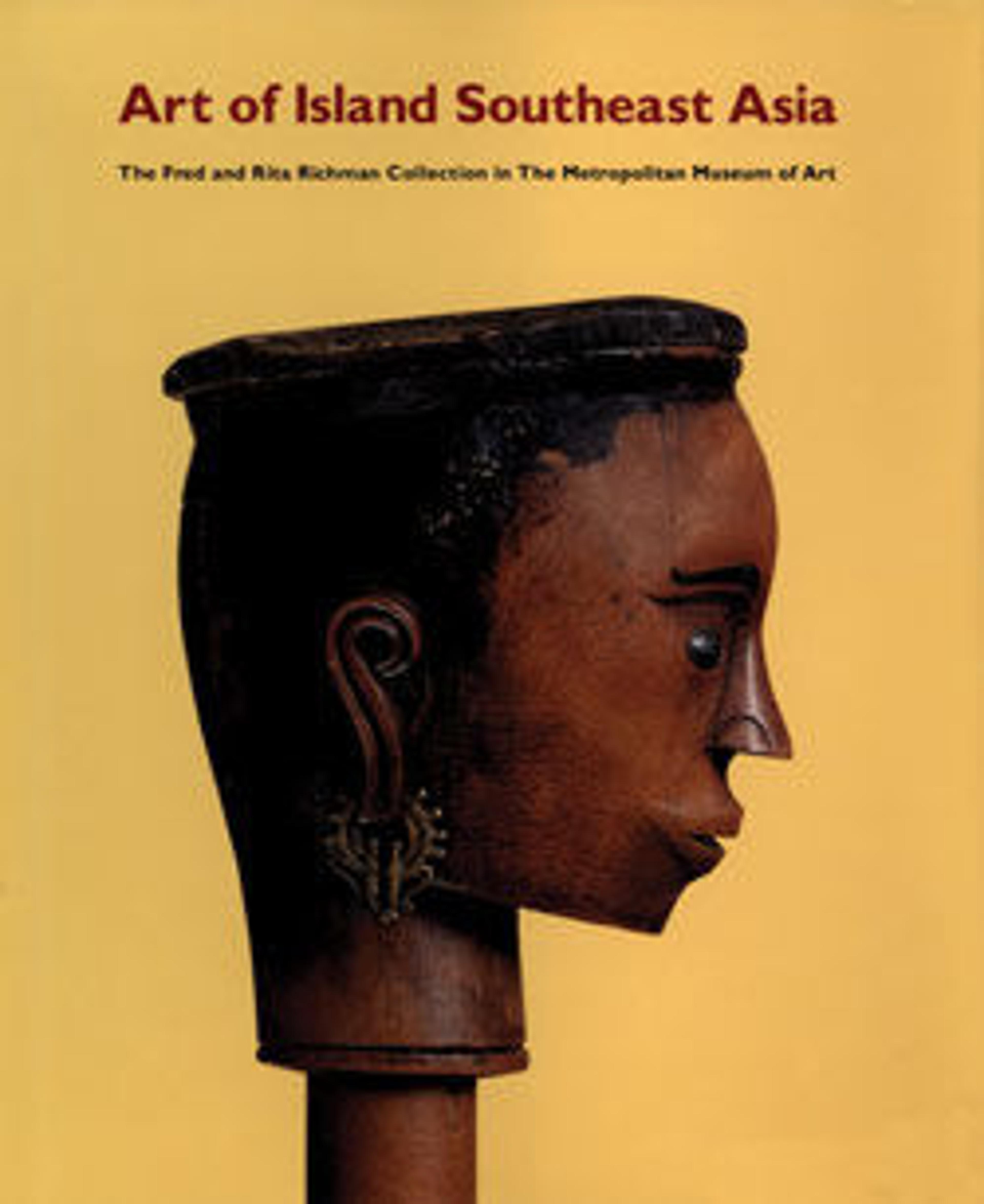Tunggal panaluan (ritual staff)
When performing ceremonies, Batak datu (religious specialists) frequently employed ritual staffs known as tunggal panaluan. During the ceremonies, the datu entered into a trance and danced and performed other actions while holding the staffs, whose supernatural powers assisted in curing ceremonies, divination, malevolent magic, and other tasks. Tunggal panaluan depict a sequence of human and animal figures positioned on top of one another. The two figures at the top represent a legendary twin brother and sister, whose incestuous relationship, according to oral tradition, was responsible for the origin of the staffs. After their relationship was discovered, the twins fled to the forest and encountered a tree hung with fruit. As the brother climbed the tree to pick fruit for his sister, he merged with it, becoming a wood image. His sister followed and met the same fate. Attempting to rescue them, a succession of datu and animals climbed the tree, transforming into the figures that appear below the ill-fated twins. The tree was later cut down, becoming the first tunggal panaluan.
Artwork Details
- Title: Tunggal panaluan (ritual staff)
- Artist: Toba Batak artist(s)
- Date: 19th–early 20th century
- Geography: Indonesia, Sumatra
- Culture: Toba Batak people
- Medium: Wood, cotton, horse hair, metal, feathers
- Dimensions: H. 72 1/4 × W. (including tuft) 4 × D. (including tuft) 3 in. (183.5 × 10.2 × 7.6 cm)
- Classification: Wood-Sculpture
- Credit Line: Gift of Fred and Rita Richman, 1988
- Object Number: 1988.143.89
- Curatorial Department: The Michael C. Rockefeller Wing
More Artwork
Research Resources
The Met provides unparalleled resources for research and welcomes an international community of students and scholars. The Met's Open Access API is where creators and researchers can connect to the The Met collection. Open Access data and public domain images are available for unrestricted commercial and noncommercial use without permission or fee.
To request images under copyright and other restrictions, please use this Image Request form.
Feedback
We continue to research and examine historical and cultural context for objects in The Met collection. If you have comments or questions about this object record, please complete and submit this form. The Museum looks forward to receiving your comments.
